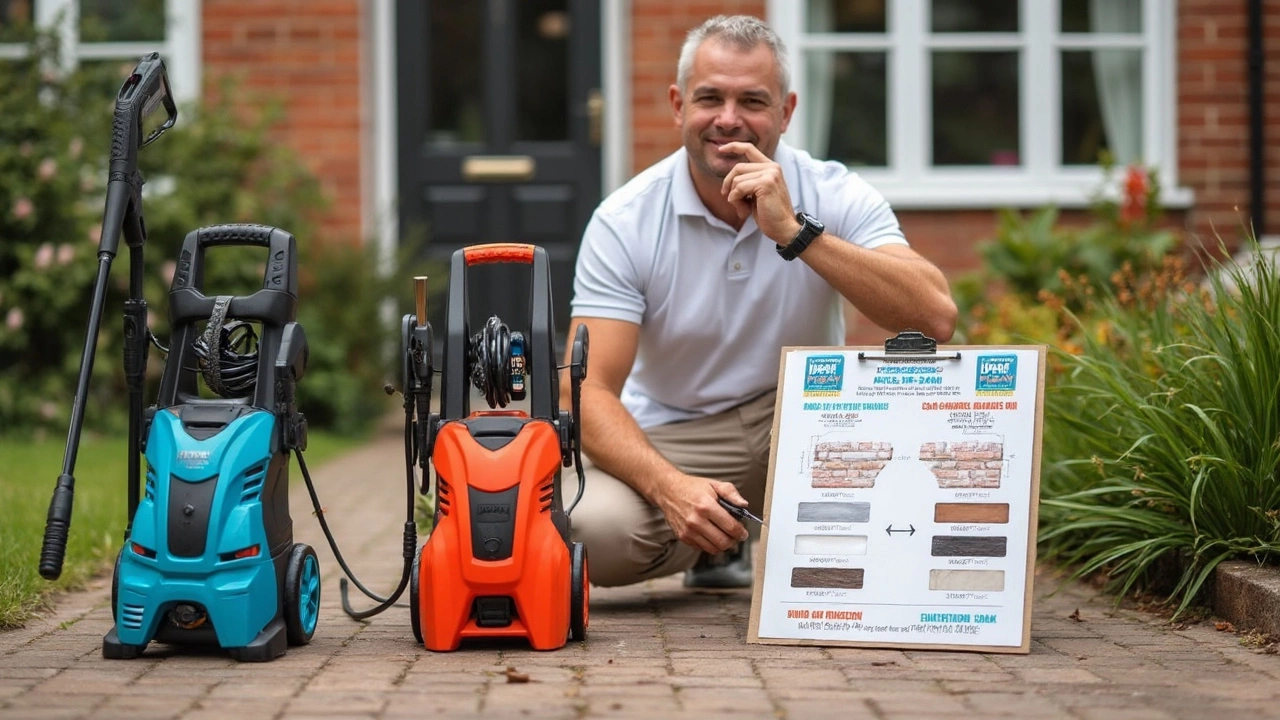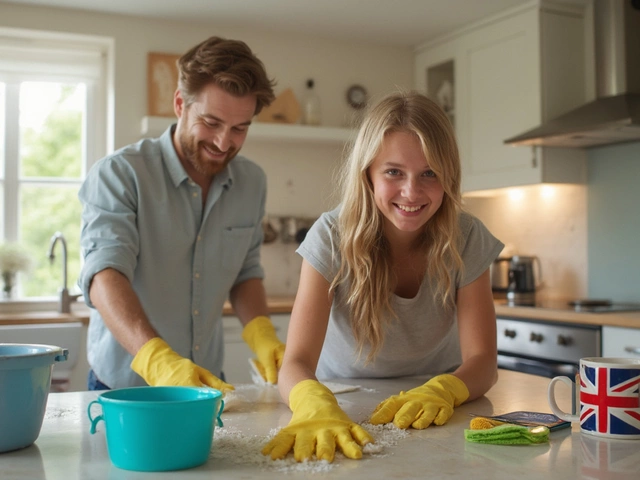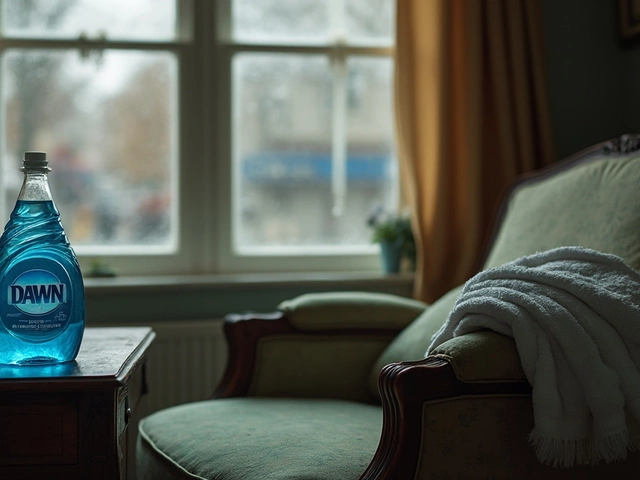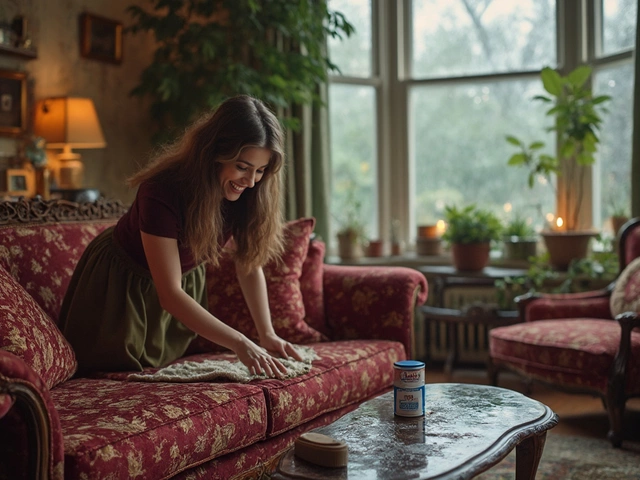Pressure Washer Tips
When working with pressure washing, the use of high‑pressure water to strip dirt, grime, and stains from exterior surfaces. Also known as pressure cleaning, it offers a quick, water‑efficient way to restore driveways, walls, roofs and more. Pressure washing business builds on this service, while a pressure washing quote sets clear cost expectations. Choosing the right pressure washing equipment is crucial, and sometimes alternatives to pressure washing provide gentler results. Below you’ll find practical pressure washer tips that work for homeowners and pros alike.
Getting the Most Out of Your Pressure Washer
Safety comes first. A durable pair of gloves, safety glasses, and non‑slip boots protect you from flying debris and high‑pressure spray. Always test the nozzle on a small area before you tackle the whole surface – this prevents accidental damage. Remember, pressure washing requires at least 2000 psi to break down baked‑on grease, but delicate surfaces like painted wood need less than 1500 psi. Adjusting the pressure level is a simple way to match the job, which reduces the risk of gouging or stripping paint.
Choosing the right equipment can save time and money. A reliable pump, sturdy hose, and interchangeable nozzles let you switch between 0°, 15°, 25° and 40° spray patterns. A cold‑water pump works for most cleaning, but a hot‑water unit unlocks stubborn oil stains on garage floors. Look for a machine with a built‑in flow‑meter; it tells you exactly how many gallons per minute you’re using, helping you stay efficient and avoid waste.
Creating an accurate pressure washing quote starts with measuring the surface area. Multiply the length by the width, add a 10‑15% buffer for corners and obstacles, then apply your hourly rate plus material costs. Break the estimate into labour, equipment depreciation, and consumables – this transparency builds trust with clients. Many pros use a simple spreadsheet template that automatically calculates total cost once you plug in the numbers.
If you’re dreaming of a pressure washing business, the first steps are straightforward. Initial outlay includes a decent washer (around £1,500‑£2,500), safety gear, and a vehicle to transport gear. Don’t forget public liability insurance; a £2 million policy protects you against accidental damage claims. Marketing can start with a local Google My Business page, flyers in neighbourhoods, and a few before‑and‑after photos on social media. Word‑of‑mouth spreads fast when you consistently deliver spotless results.
Sometimes pressure washing isn’t the best tool. Soft‑wash systems use low‑pressure water mixed with biodegradable detergents to clean roofs and siding without risking damage. Chemical steam cleaners work well on oil‑stained concrete, offering deep penetration without the high‑impact force. Knowing when to swap to an alternative saves you from costly repairs and expands the range of jobs you can accept.
Eco‑friendly practices are easier than you think. Choose plant‑based detergents that break down quickly in the environment, and recycle runoff when possible. Many modern washers feature a water‑recovery tank that captures used water for reuse on the same site, cutting down on overall consumption. These steps not only protect the planet but also appeal to environmentally conscious customers, giving you a market edge.
All of these ideas set the stage for the articles you’ll see next. Whether you need a step‑by‑step guide to quoting, a deep dive into starting a profitable pressure washing business, or a look at gentler cleaning methods, the collection below covers the whole spectrum. Scroll down to explore detailed tips, real‑world earnings, and proven techniques that will help you master pressure washing and grow your service.





